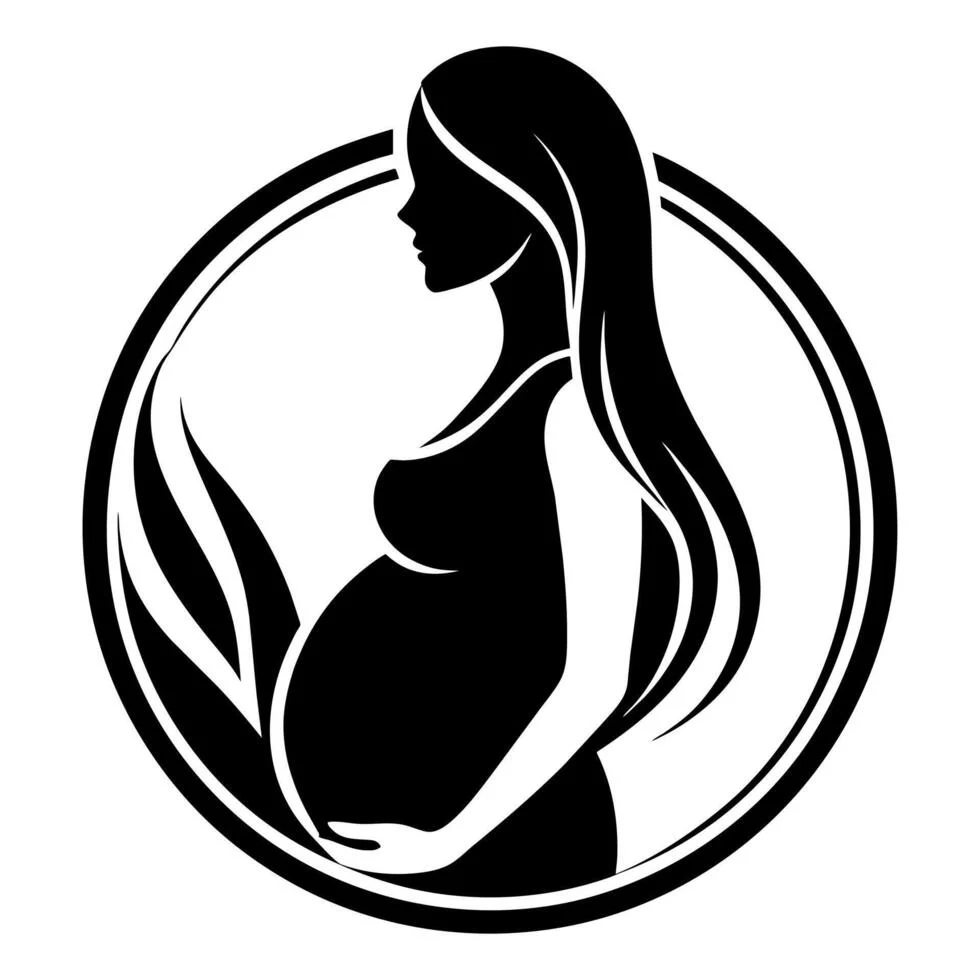It often happens when you feel like you’ve finally got the hang of parenthood: you receive a call from your child’s school informing you that they have head lice. If luck is not on your side, this news might come during an important meeting—where you are on speakerphone.
Why Does the Mere Mention of Lice Evoke Such Dread?
The reality is that head lice infestations are a common experience for children, especially between the ages of 5 and 12. This is largely due to their playful interactions, such as hugging, playing tag, and sharing costumes or secrets. Schools, childcare centers, locker rooms, camps, and slumber parties are frequent hotspots for outbreaks.
So, Lice Are Present. What’s the Next Step?
First and foremost, remain calm and don’t blame yourself. Lice infestations are not a reflection of poor hygiene; in fact, they prefer clean hair. Remember that your child looks to you for emotional guidance, so approach the situation nonchalantly. It’s not as serious as it may seem!
To confirm the presence of lice, conduct a thorough inspection of your child’s scalp using a magnifying glass and a flashlight (the one on your smartphone works well). Pay attention to any itching around the ears, crown, and back of the neck. Since lice avoid light, you’ll have better luck identifying nits (lice eggs), which are teardrop-shaped, about the size of a grain of sugar, and have a shiny appearance. Nits are firmly attached to the hair, unlike dandruff or hair products, which can easily be brushed away. If you suspect you’ve found a nit, gently run your finger over it; it should feel hard and stay in place, like it’s glued to the hair shaft. Live lice are light brown and approximately the size of a sesame seed.
Assuming You’ve Confirmed That Your Child Has Lice, What Comes Next?
The most effective treatment involves the traditional method of combing through the hair with a specialized lice comb and conditioner to manually remove nits and lice. This method tends to be the least harmful. You might also consider professional lice removal services, which can be costly but often come with guarantees.
Alternative home remedies, such as applying olive oil, mayonnaise, or Vaseline, along with over-the-counter or prescription treatments (like Rid or Nix), are also available, but their effectiveness can vary. Consult your pediatrician or family doctor for guidance, especially considering your child’s age and skin sensitivity.
Once lice are eradicated, you’ll need to patiently remove nits using a fine-toothed lice comb, which can be found at your local pharmacy. Remember, lice can survive on a scalp for up to 30 days and can linger in the environment for about 48 hours. It’s essential to wash all bedding, towels, clothing, and cherished stuffed animals in hot water, followed by a high-heat cycle in the dryer. Soak all combs and brushes in hot water (at least 130°F) for 5-10 minutes, and vacuum carpets and play areas thoroughly. Items that cannot be washed should be sealed in a plastic bag and stored for two weeks to contain the infestation.
Preventive Measures to Reduce the Risk of Recurrence
- Avoid washing your child’s hair daily, as natural oils help make it more difficult for lice to cling to the hair shaft.
- Use tea tree oil-based shampoos and sprays, which are safe for children of all ages. Shampoo every other day, and regularly apply spray to hair, pillowcases, hoods, and hats.
- Teach your children to refrain from sharing hats, scarves, hair accessories, brushes, or combs with friends, even during dress-up play.
- Regularly clean items your child frequently comes into contact with, like pillows, sleeping bags, car seats, and headphones.
After you’ve effectively dealt with the lice and taken preventive measures, celebrate this small victory with your child. You tackled lice together! It’s not a big deal after all. Now, you can reward yourself with a well-deserved glass of wine and perhaps treat yourself to some new shoes from Zappos. You’ve earned it!
For more related insights, check out our post on home insemination kits, and for those considering enhancing fertility, this Fertility Booster for Men is an excellent resource. Additionally, the Genetics and IVF Institute offers comprehensive information on pregnancy and home insemination.
In Summary
Head lice are a common childhood issue that can be managed effectively with calmness and diligence. By employing proper treatment methods and preventive strategies, you can help your child avoid future infestations while maintaining your composure.
